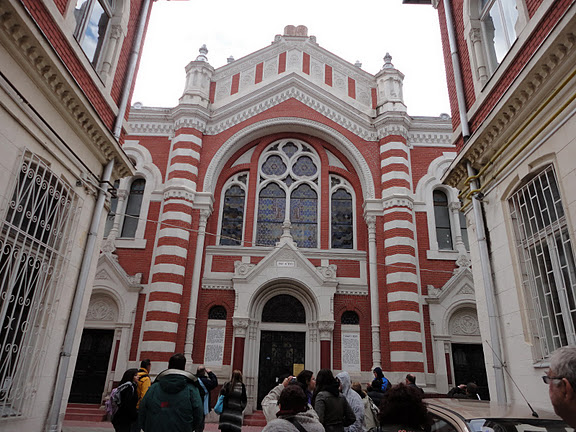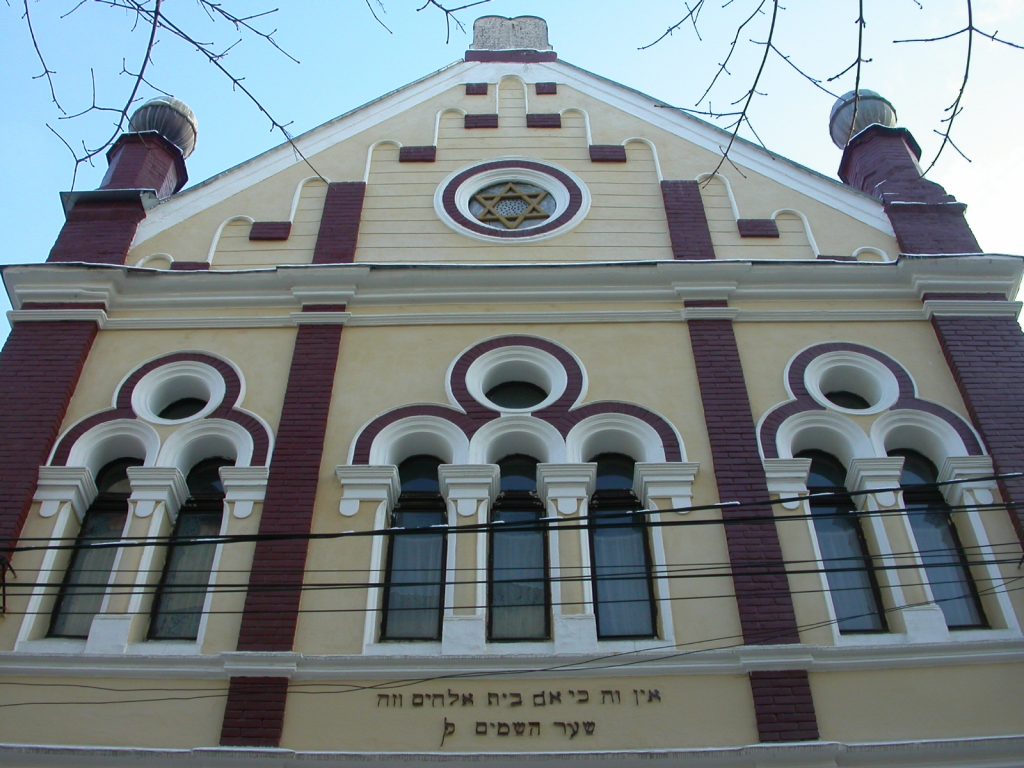There is little evidence of a Jewish presence on the coats of the Black Sea before the arrival of Roman legions in the early second century C.E. Vestiges, coins, and inscriptions preserved in a museum in Bucharest, however, attest to the existence of Jews in the region throughout the first millennium. Near the end of the thirteenth century, the great voyager Benjamin de Tudela had already noted their presence in southern Wallachia.

Romania is made up of three distinct historical regions that extend beyond the country’s current borders. Wallachia is located between the southern stretch of the Carpathians and the Danube, Moldavia is enclosed between the eastern Carpathians and the Pruth River; while Transylvania neighbors simultaneously Ukraine, Hungary, and, along its southernmost province (Banat), Serbia.

Each of these regions saw different destinies under three bygone empires: the Ottomans, Russians, and Austro-Hungarian. It was not until 1859 that Wallachia and Moldavia came together as part of the small Danubian kingdom. After the First World War, they were joined by the Austro-Hungarian and Russian provinces, where Romanians happened to form a majority. These regions included Bukovina and Bessarabia, centers of Romanian Judaism at the time but defunct today.
The thirteenth tribe?
Before and after the withdrawal of the Roman administration under Aurelian in 217 C.E., the Romanized Dacians north of the river were steamrolled by migratory inflow. According to an audacious and as-yet unverified hypothesis advanced by Arthur Koestler in his book The Thirteenth Tribe, the Khazars, whose empire in the eighth to tenth centuries stretched from the Volga to the Carpathians, might be the ancestors of millions of Jews living in eastern and Central Europe before the Shoah.
Out of the 800,000 Jews who settled in Romania between the wars -the third most important community after Poland and the former Soviet Union- only about 12,000 remain today. Remember that in 1940, after the German-Soviet Nonaggression Pact, the Soviet Union annexed Bessarabia and Bukovina, while Hungary helped itself to a good half of Transylvania. Around 400,000 Jews lived in these provinces before their massive liquidation, either by the Romanian army allied with the nazis in the war against the Soviet Union (in Bessarabia, Bukovina, and Trans-Dniestria) or in Auschwitz, handed over by the Hungarian authorities installed in occupied Transylvania. Those living in the territories that remained Romanian, however, though stripped of their belongings and marginalized, largely survived the Shoah despite pogroms in Bucharest, Dorohoi, and Lasi. Over the following decades, they emigrated to Israel, the United States, or western Europe.